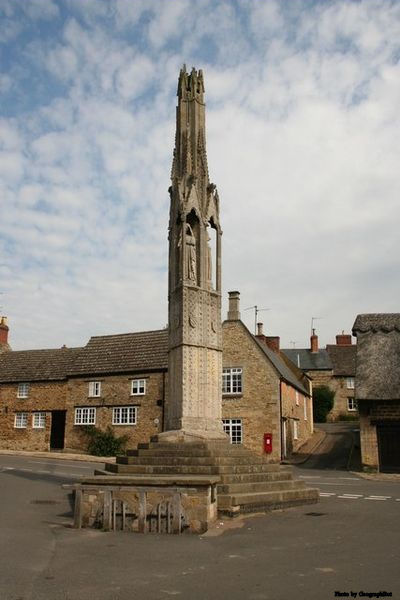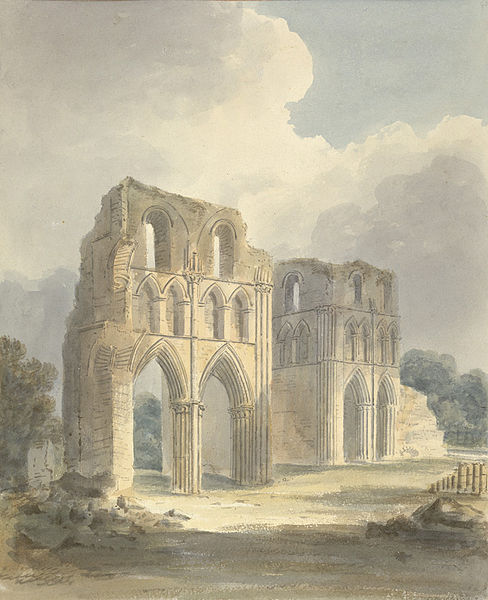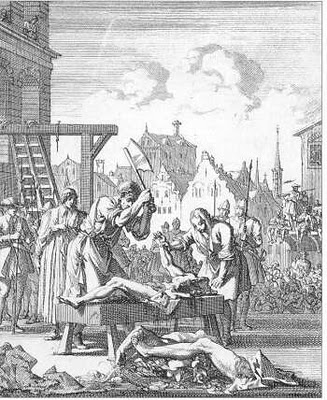Blessed Richard Langley
From his father, Richard Langley, of Rathorpe Hall, Walton, he probably inherited Rathorpe, but for the greater part of his life continued to reside on his estate at Ousethorpe, in the East Riding. His mother was Joan Beaumont of Mirfield. He married Agnes, daughter of Richard Hansby, New Malton, by whom he had one son, Christopher (b. 1565), and four daughters. (See “Visitation of Yorkshire”, ed. Foster, London, 1875.)
During the troublous times of the Elizabethan period Langley gave over his energies and a very considerable part of his fortune to assisting the oppressed clergy; his house was freely offered as an asylum to priests. He even constructed a subterranean retreat, perhaps beneath the Grimthorpe dwelling, which afforded them sanctuary. This refuge was betrayed to the President of the North, and on 28 Oct., 1586, a strong band of military was despatched, several justices and ministers of the new religion joining in the quest, to make a domiciliary visitation of the Grimthorpe and Ousethorpe houses. Two priests were found in hiding at the former; at the latter Langley himself was seized. All three were carried to York, committed to prison, and subsequently arraigned before the President of the North, the priests because of their office and Langley for harboring them.
Langley was condemned to death, without any evidence being adduced to establish the fact that he had knowingly sheltered seminary priests, and was hanged, drawn, and quartered at York.
His remains were refused honorable burial, despite the importunity of his friends.

Relic from times of faith ― the Geddington Cross, one of twelve, was erected by Edward I to mark the overnight resting places of the funeral cortege of his deceased queen, Eleanor of Castile (d. 1290) in its journey from Lincoln to Westminster Abbey.
P.J. MACAULEY (Catholic Encyclopedia)











